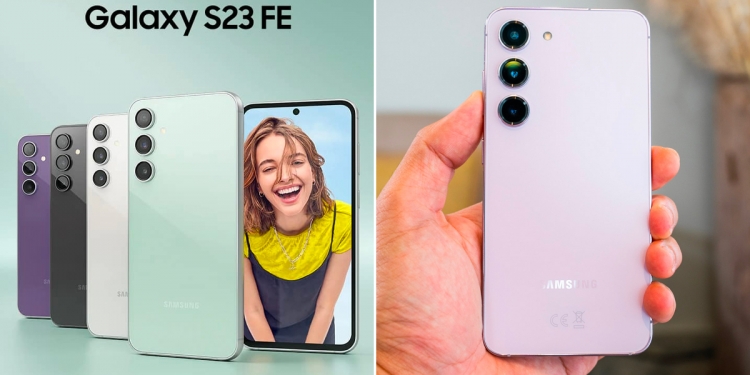With the Galaxy S23 FE finally being launched by Samsung, the Korean giant completes its Galaxy S23 lineup with the latest member of the family sitting below the standard Galaxy S23 in the product stack. If you’re now in the market for a brand new Android flagship and prefer to go with one from the Korean giant, here’s a quick comparison between the new Galaxy S23 FE and the regular Galaxy S23.
Design and display

Both the Galaxy S23 and the Galaxy S23 FE feature a very similar design philosophy which should be no surprise seeing as their both technically part of the same line up. However, apart from the different sizes, there are some other slight differences too. The Galaxy S23 features a layer of Corning Gorilla Glass Victus 2 over the screen for scratch resistance, as well as on the back panel. The Galaxy S23 FE meanwhile will have to make do with Gorilla Glass 5 on the front and back. Nevertheless, both devices still come with an IP68 dust and water resistance rating.
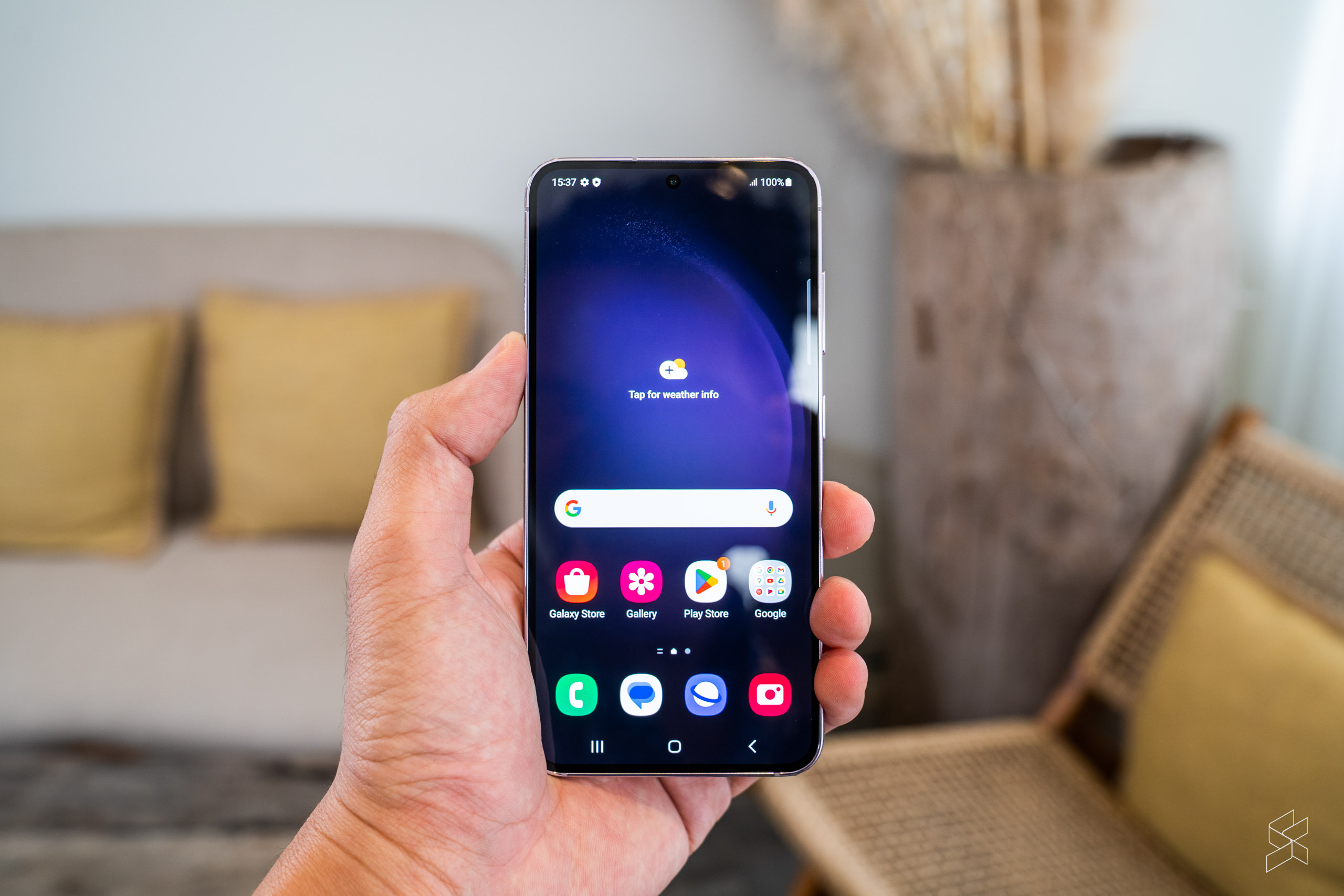
The Galaxy S23 is the smaller of the two, with a 6.1-inch, Dynamic AMOLED 2x display pushing an FHD+ resolution and a 120Hz refresh rate. As for the Galaxy S23 FE, it actually has a larger 6.4-inch Dynamic AMOLED 2x display, with a similar resolution and the ability to push up to a 120Hz refresh rate too. However, the bottom bezel of the Galaxy S23 FE is noticeably thicker compared to the Galaxy S23, which has nearly uniform bezels all around the screen.
Processor
And its under the hood then that the Galaxy S23 FE will likely find the most trouble keeping up with the Galaxy S23. While the Galaxy S23 (and indeed the Galaxy S23+ and Galaxy S23 Ultra too) came with that special overclocked Qualcomm Snapdragon 8 Gen 2 for Galaxy system-on-chip, the Galaxy S23 FE will have to make do with last year’s Exynos 2200 processor instead, with only the US version of the device getting a Snapdragon 8 Gen 1 processor. Both come with 8GB of RAM as well as up to 256GB of storage.
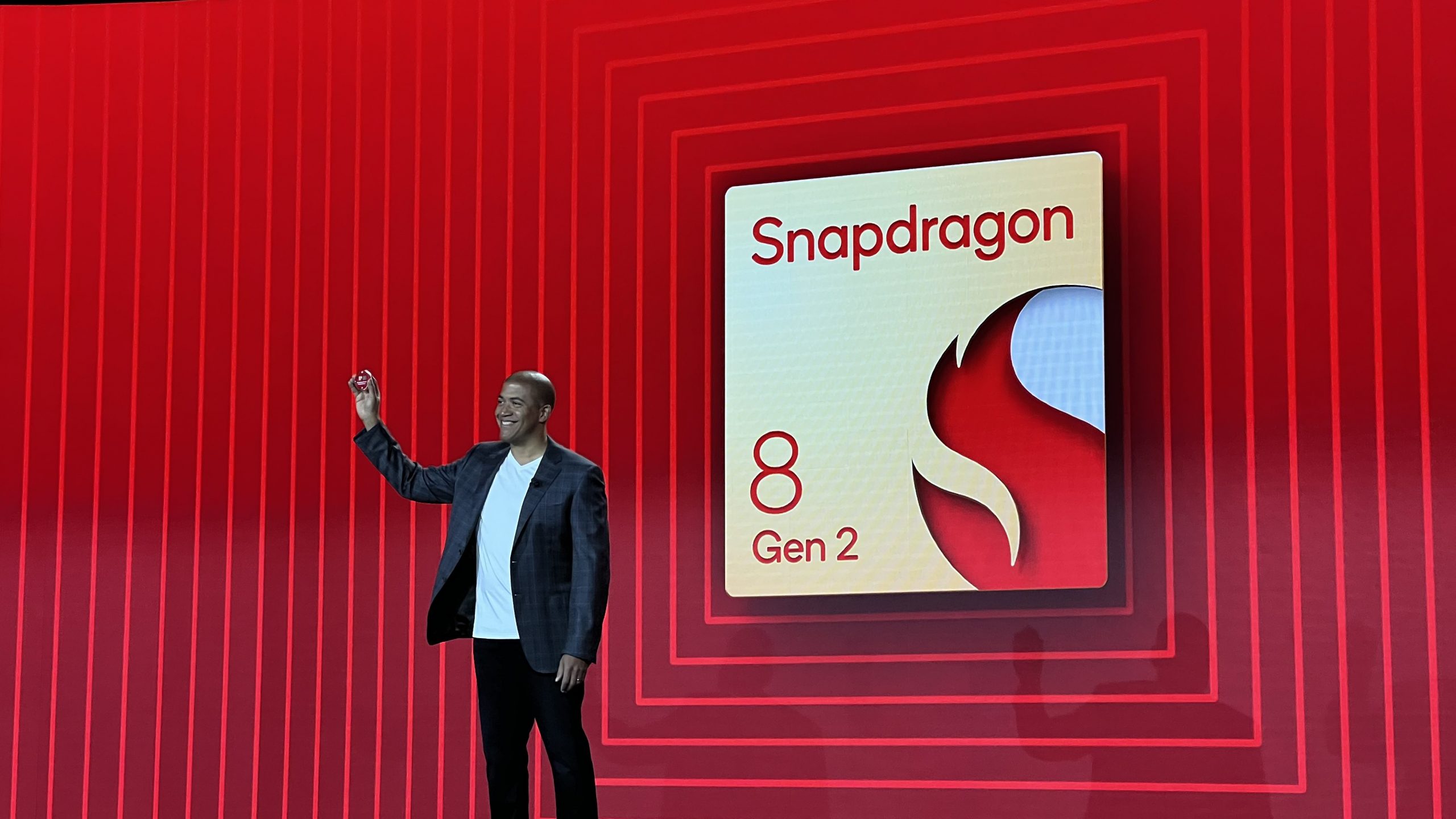
Specifically, the Exynos 2200 packs a main Cortex-X2 prime core running at 2.8GHz, three Cortex-A710 performance cores running at 2.5GHz and four more Cortex-A510, with an Xclipse 920 GPU that was developed together with AMD. However, the Exynos 2200 was plagued with issues during development, leading to poor performance compared to its rivals at the time like the Snapdragon 8 Gen 1. Samsung themselves ended up dropping the Exynos 2200 in most regions, with only the Galaxy S22 series in Europe and select Asian markets getting the Exynos 2200-powered versions.
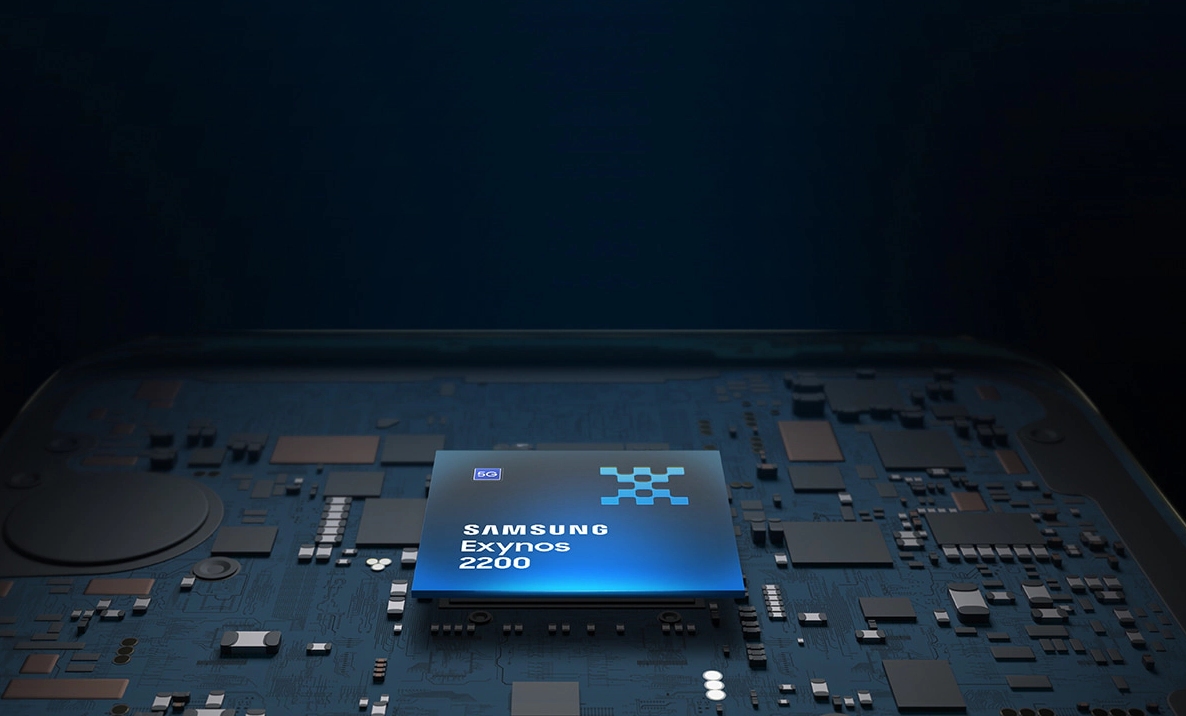
It’s also a shift in approach for Samsung here. The Galaxy S20 FE was extremely popular with locals in particular due to it being the only member of the Galaxy S20 series to be powered by a Snapdragon processor. The same couldn’t be said for the Galaxy S21 FE which came with the same Exynos 2100 found in the rest of the Galaxy S21 series, but at least it was on par in terms of performance with its stablemates. As for the Galaxy S23 FE, it seems that Samsung is doing things differently here with an older processor instead of one of a similar tier, but giving it some upgrades in other departments.
Software
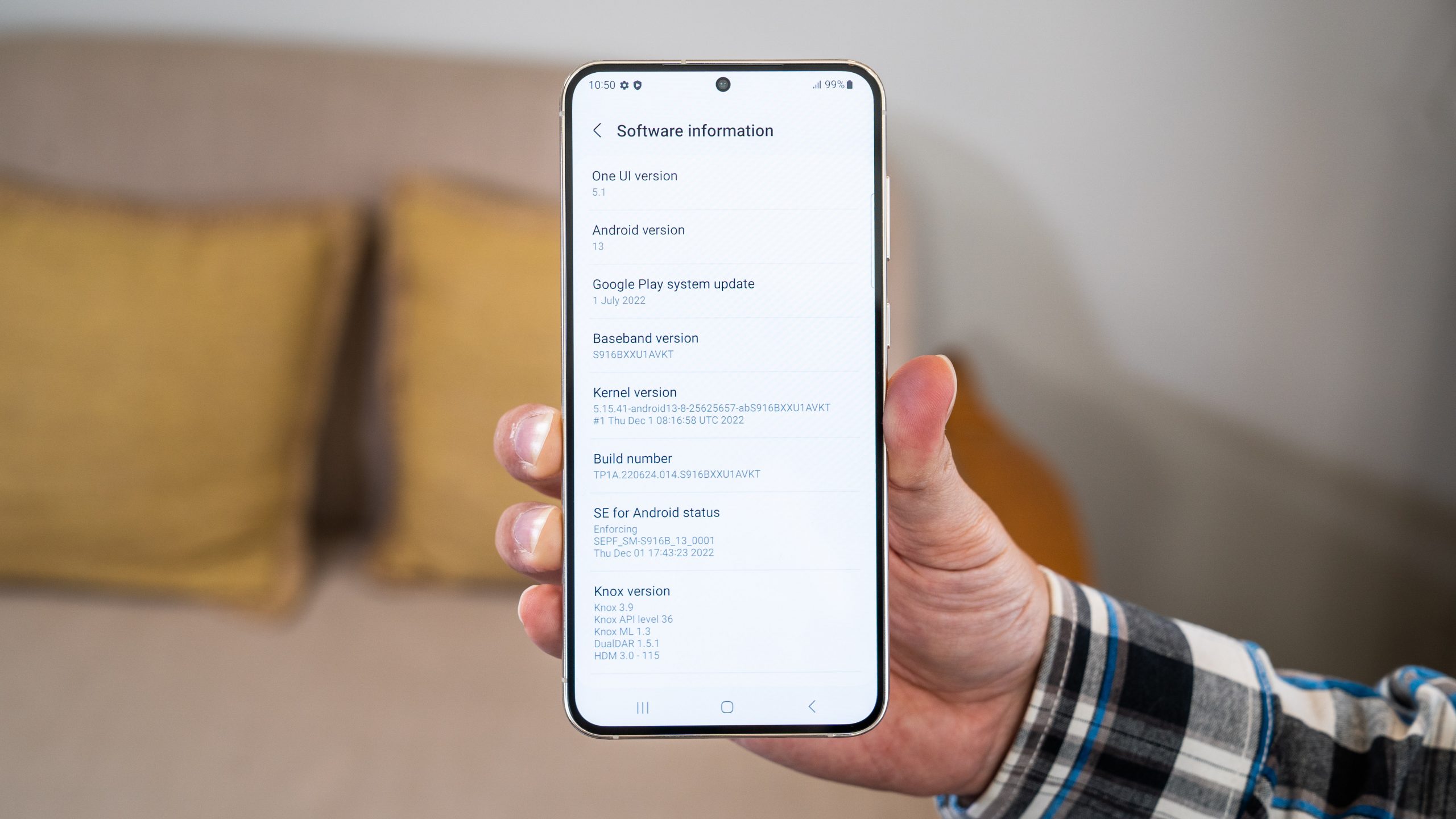
With both devices coming from Samsung, it’s no surprise then to see that they both come with Android 13 out of the box, with Samsung’s own One UI 5.1 theme skinned over it. You can also expect to get plenty of updates regardless of which device you end up with, as Samsung is guaranteeing at least four years of major Android updates and five years of security patches on both the Galaxy S23 and the Galaxy S23 FE.
Cameras
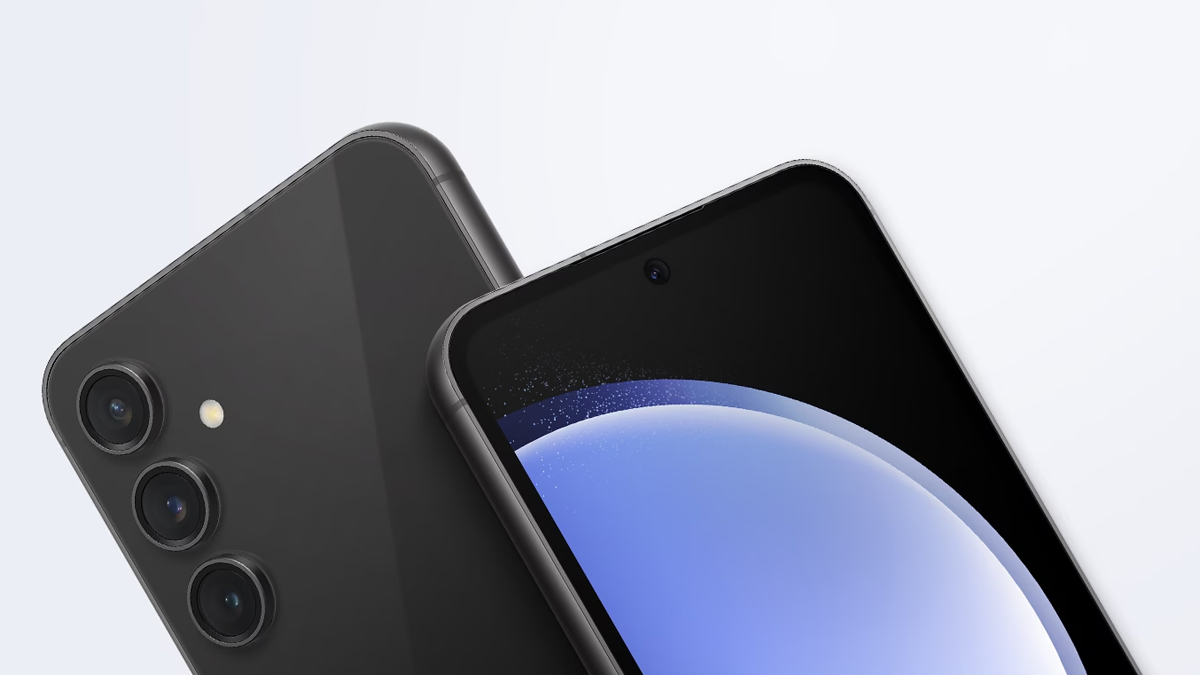
It is here in the camera department then that the Galaxy S23 FE got a major upgrade. Samsung has given its latest Fan Edition smartphone a 50MP, f/1.8 main camera with optical image stabilisation and the same kind of ‘Nightography’ low light capabilities seen on the Galaxy S23 and Galaxy S23+. It’s also a noticeable step up from the 12MP, f/1.8 main camera that the Galaxy S21 FE had. The Galaxy S23 FE also comes with a 12MP, f/2.2 ultrawide shooter and an 8MP, f/2.4 telephoto camera offering 3x optical zoom, with a 10MP, f/2.4 selfie shooter up front.
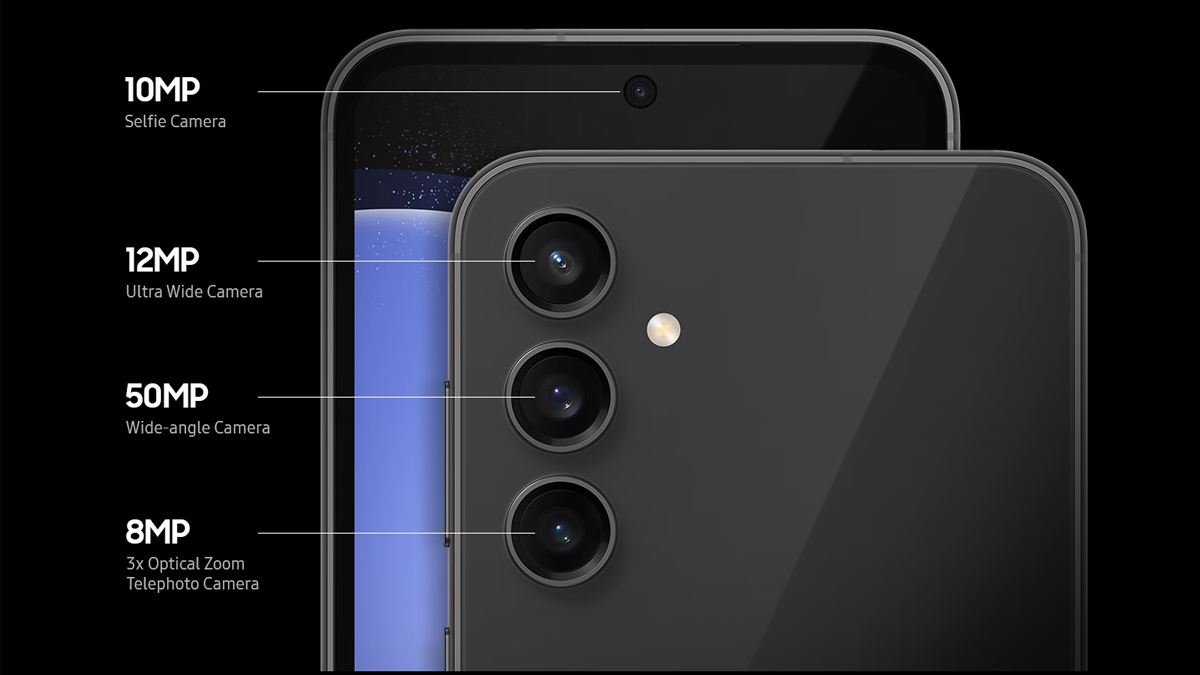
Despite the upgraded main camera on the Galaxy S23 FE, the regular Galaxy S23 still reigns supreme here thanks to its better auxiliary shooters. The Galaxy S23 has a main 50MP, f/1.8 camera, flanked by a 12MP, f/2.2 ultrawide and a 10MP, f/2.4 telephoto camera with 3x optical zoom while in front it comes with a 12MP, f/2.2 camera for your selfie needs.
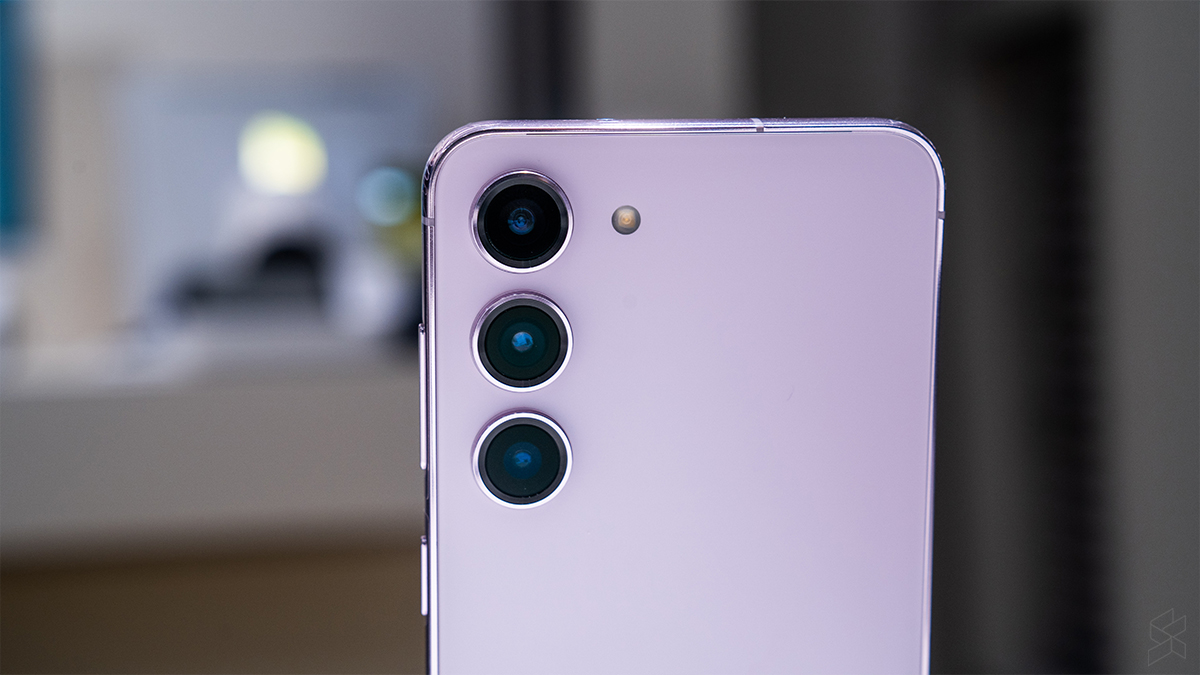
Battery
As for battery life, Samsung has kitted out the Galaxy S23 FE with a 4,500mAh battery, which is more than the Galaxy S23’s 3,900mAh capacity, likely thanks to its larger size. Despite the larger battery size on the Galaxy S23 FE though, both devices are rated for up to 22 hours of video playback by Samsung, perhaps due to the Exynos 2200 being an older chip with less efficiency compared to the Snapdragon 8 Gen 2 for Galaxy processor. Both devices do however come with the same support for 25W wired fast charging, 15W wireless charging, 4.5W reverse wireless charging and also lack a charging brick in the box.
Price

Lastly we come to the price, and here the Galaxy S23 FE handily sits well below the regular Galaxy S23 when it comes to its retail pricing. Here’s how much the new device costs:
- Samsung Galaxy S23 FE, 8GB RAM, 128GB storage – RM2,999
- Samsung Galaxy S23 FE, 8GB RAM, 256GB storage – RM3,299
While here’s how much the standard Galaxy S23 launched for:
- Samsung Galaxy S23 128GB – RM3,899
- Samsung Galaxy S23 256GB – RM4,199
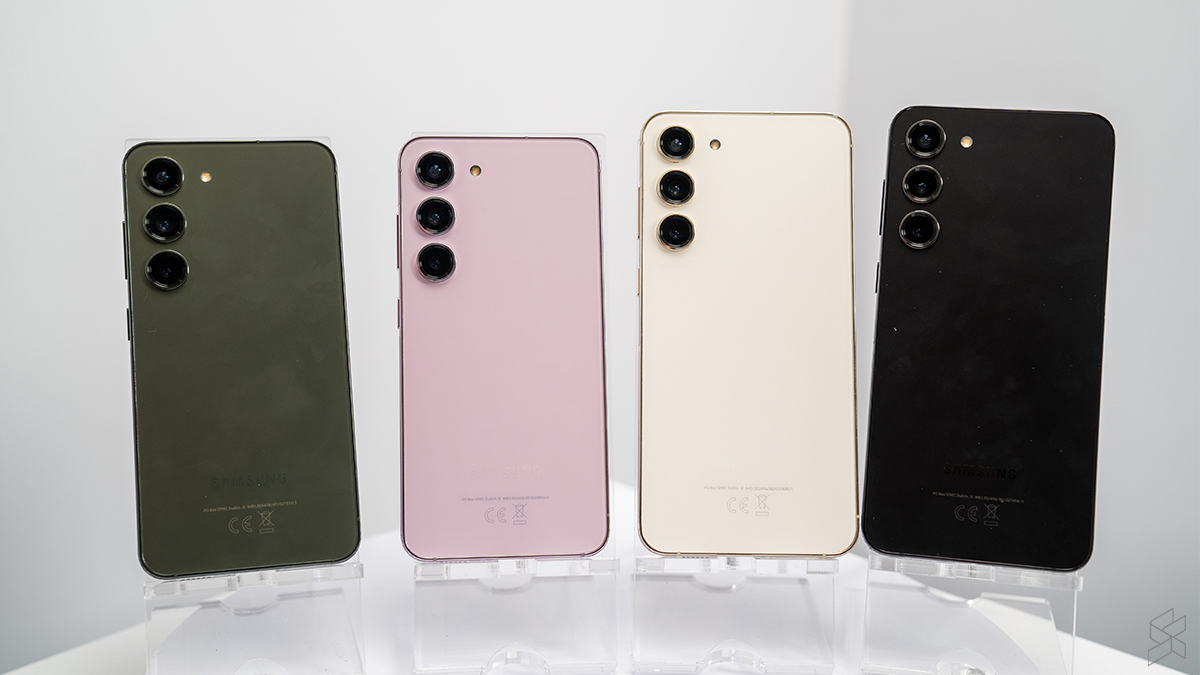
However, that doesn’t take into account any possible sale that the Galaxy S23 may be on. We’ve often seen the Galaxy S23 go on sale with a hefty discount, regularly within the RM3,000 mark, with the Galaxy S23 even going for as low as RM2,299 during a sale earlier in June.
Considering that the Galaxy S23 is very much the more higher end model between the two with its more capable processor and better all round camera setup, a Galaxy S23 on a deep discount could be well worth the purchase, especially if its priced similarly to the Galaxy S23 FE which, having just launched, may not see a discount for a while more.

